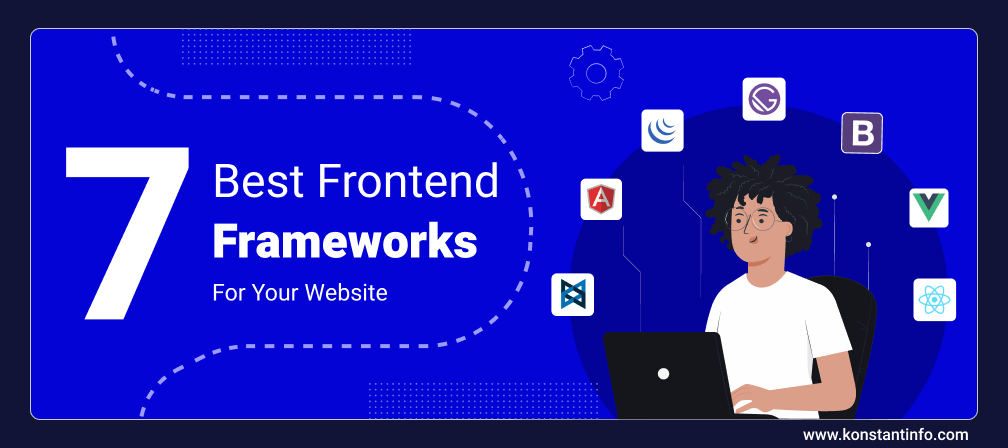
The front end helps a user in creating a first impression about the functionality and experience that an application will offer. Backend holds the actual modules and functionality, while the database is the warehouse of all data and information.
Technologies scale up with the changing demands, and couple up with frameworks to become part of web development. Organizations and IT practitioners address their client’s problems based on the merits of every framework. The information technology infrastructure library (ITIL) improvises IT Service management while the Scaled Agile Framework (SaFE) looks at improvising agility in delivery.
As organizations look forward to preparing customized solutions, viewing frameworks holistically, and making more changes. JavaScript frameworks have proliferated across the web front-end, making it possible for the applications to use an application programming interface (API) just like any other program would. It also leads to a better user experience – instead of (1) refreshing entire page, and (2) reloading on each click, a front-end framework can keep the common parts of the page intact (like navigation, etc.) and load whatever new data the user has requested.
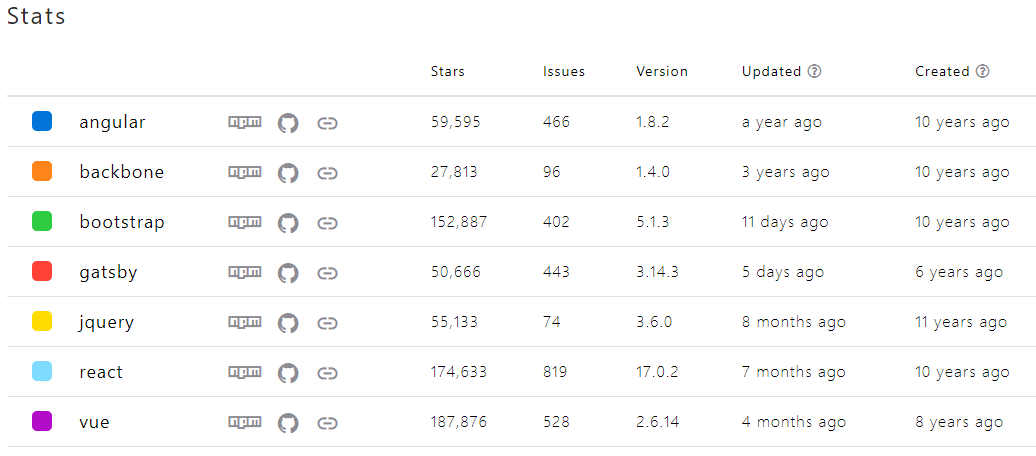
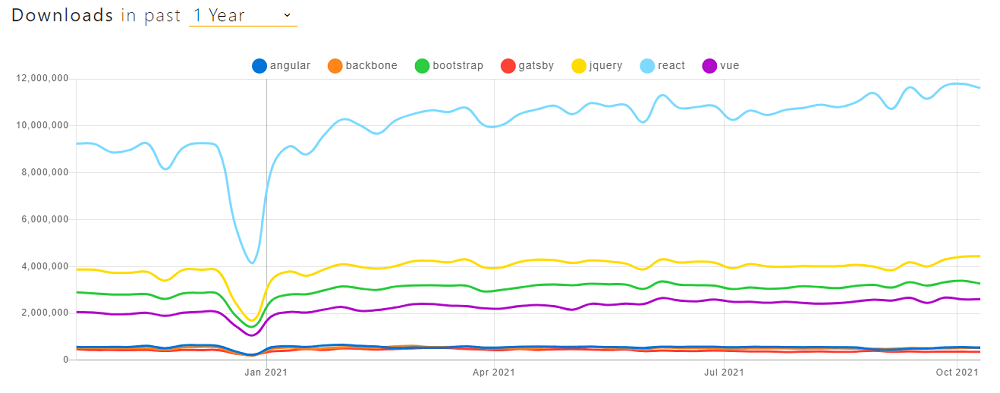
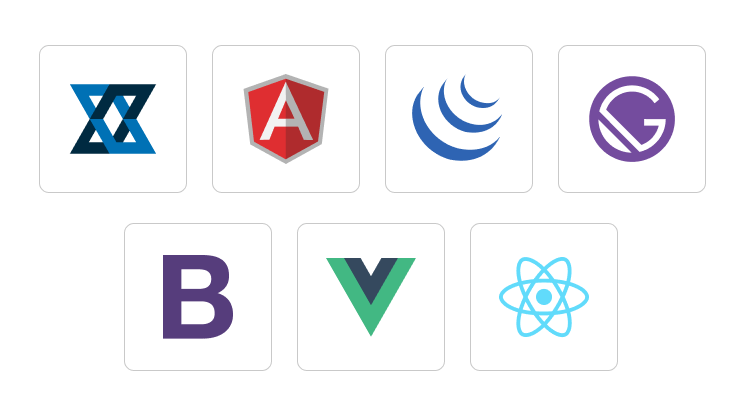

It is one of the oldest frameworks suitable for cross-browser applications based on MVC architecture. It is an open-source PWA framework based on JavaScript that is used to create Rich Internet Applications (RIA) for web and mobile. Aligning applications are flexible, scalable, and easier to maintain. When a market leader launches a product, everyone wants it to be perfect. Whenever there is a new solution, immaculate performance is a prerequisite. Angular first appeared in 2010 and then re-appeared in 2016. It keeps getting better.
Angular uses a new compiler Ivy, which speeds up the compilation process, improves component testing. It has 58,000+ stars on GitHub, over 1 lac professionals on LinkedIn, 3,600,000+ Angular websites and two major competitors – React.js and Vue.js. It is powered by extensions and components for functionality improvements. Angular is suitable to power applications with advanced functionality, and impressive UI/UX. It is built-upon Model – View – Controller (MVC) architecture. It assists in injecting components, services, dependencies without breaking the app’s logic.
Angular apps are generally multiple smaller modules combined into one – multiple components, services, directives. Angular works on the “Write once, use everywhere” principle. It offers a rich, uninterrupted experience, where users are free to scroll, browse as long as they wish to, seamless navigation, high webpage performance, simple few-clicks authorization, Integration with multiple maps, Real-time broadcasting, HD videos from aerials, Integration with third-party services. Plus, it comes with easy and accessible support and maintenance. Forbes – “Needless to say, that Angular web framework grows and improves.” It works well for progressive web apps and single-page applications. Prominent Applications: Gmail, Forbes, Upwork, PayPal, Weather.com, Wikiwand, JetBlue.

ReactJS is a JavaScript-based framework for rendering Android and iOS applications. It is best suitable for creating applications across platforms. It is cost-effective, saves time, and effort. React applications are always scalable. React Native applications can be merged with any other technology. It features hot/live reloading, Node Package Manager for installation, apps built-in RN are GPU oriented resulting in better performance. RN upgrades with the addition of features like adding GPS to the app, Flash Light, auto-correction, Bluetooth, etc. It supports Android, iOS, and Universal Windows Platform (UWP). It is preferable for progressive web apps as it allows web app developers to share and reuse code. React App generator automates data for your progressive web apps, customizing the app according to the business requirement.
React provides a much-needed convenience to not-to-refresh the entire page for new updates. It simply sends a pop-up message, and clicking on it helps update automatically. React typically offers better user interfaces (UI’s) and user experiences (UX’s). React facilitates code reusability, is highly performant, let’s use platform-specific language, is driven by the community, it features easy installation – Node Package Manager (NPM) and a single line of code.
Prominent Applications: Netflix, Dropbox, Pinterest, Facebook, Instagram, New York Times, Discovery VR, WhatsApp, Myntra, Discord
Prominent Companies that work with React: Bloomberg, Facebook, Uber Eats, Airbnb, Discord, Instagram, Skype, Pinterest, Salesforce, Baidu, Walmart, Wix
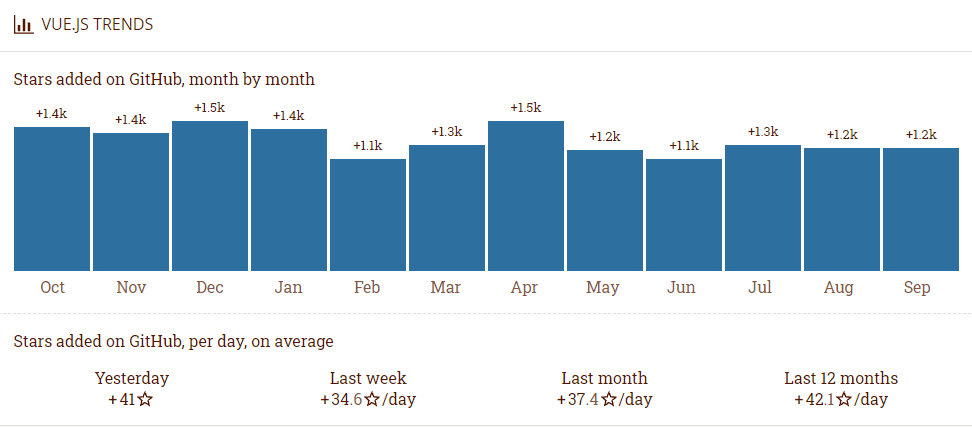
Vue.js framework is used for creating websites and progressive web apps only. The Vue.js code is lightweight, much is conveyed in very few lines of code. It helps sustain legacy applications, is supported by Dev tools extension to check all states of the application, adding and inspecting the components. It has been inspired by Angular and React, is easy to code and renders at high speed.
Prominent companies that have absorbed Vue.js into their applications: Forbes, Freelancer, General Motors, HBO, NIKE, Paypal, Sony, Upwork

jQuery is a library but also features characteristics of a software framework. It is a fast, small, feature-rich JavaScript library. fIts code is not protected from modifications. jQuery can be called into your client-side code – is modifiable to call Bootstrap or AngularJS framework. But you can choose to not use any of its framework-like functionalities. You can mix a simple jQuery statement with a standard JavaScript statement on the same line. AngularJS web framework or Bootstrap web framework typically don’t enable you to do this.
jQuery was used by 73% of the 10 million most popular websites, as of May 2019. It was the most widely deployed JavaScript library by a large margin, having at least 3 to 4 times more usage than any other JavaScript library, according to Web analysis.
According to BuiltWith, jQuery is relevant and is being used by 77% of the top 1 million websites. (2021) Besides, you may use modern, vanilla JavaScript, Cash, Zepto, Syncfunction Essential JS 2. Zepto and Cash are open-source JavaScript libraries available under an MIT license.
You have some relevant reasons for using JavaScript. It is faster for DOM and modern browsers. It adds animation effects easily with fewer lines of code.

Bootstrap is used to build fast, responsive websites. It is used for quickly designing and customizing responsive mobile-first sites. It is one of the most popular front-end open-source toolkits that features Sass variables, and mixins, a responsive grid system, extensive prebuilt components, and powerful JavaScript plugins. Bootstrap has its own open-source SVG icon library, designed to work best with other components and documentation.
Bootstrap was the best CSS framework of 2020. It was a leading front-end framework that offers a magnificent grid system, some common HTML elements in the form of reusable components. 42850 companies use Bootstrap in their tech stacks, including Udemy, Spotify, and Twitter (updated 2021).
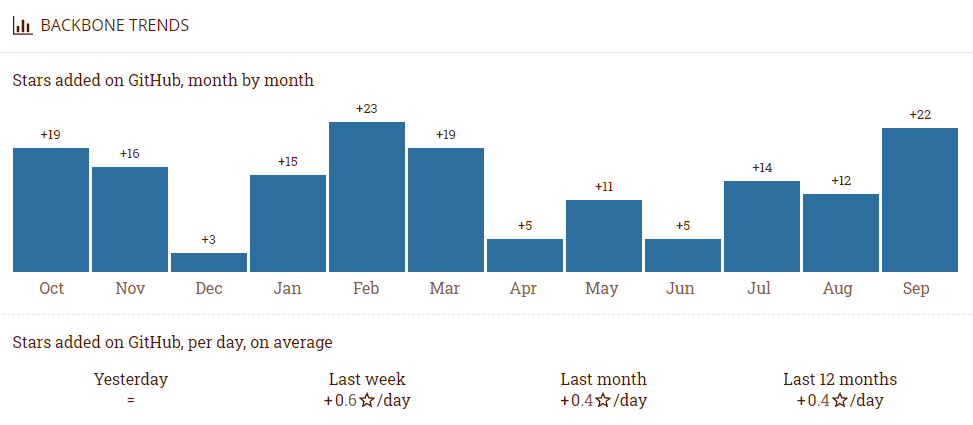
Backbone.js is a JS library with a RESTful JSON interface. It is based on the model-view-controller (MVC) application paradigm. Backbone.js makes you achieve much with fewer lines of code. It depends upon one JavaScript library – Underscore.js, plus jQuery for using the full library. The presence of MVC makes it abstract data into models, DOM into views and bind these two using events. Approximately, 3426 companies including Uber, Pinterest, Reddit use Backbone.js in their tech stacks.

Gatsby offers world-class web experiences to create websites for e-commerce stores, and documentations. It automates code-splitting, image optimization, in-lining critical styles, lazy-loading, prefetching resources, and ensures that the site is fully optimized. Gatsby does not require any manual tuning, complex scaling operations or expensive hosting and Corresponding websites scale when needed. But if the traffic drops, the usage and costs also drop. Gatsby’s server-less rendering generates static HTML at build time. Server-less and no reachable database implies that there are no malicious requests, DDoS attacks, or accidental exposure.
Companies that utilize Gatsby experience speed, scalability and an increase in organic blog traffic by 973% and expect that number to increase. It features over 2500 plugins, starters, themes that can help connect with nearly any CMS and e-commerce platform and analytics tool, or another web service, and get your website up and running in just a few minutes.
Additionally, Gatsby cloud is an end-to-end unified platform for building, and previewing, deploying, and hosting on a global edge network. It is a custom-architected Cloud infrastructure for building and collaborating on Gatsby sites and apps built with the Gatsby open-source framework. Gatsby is accountable for intelligent caching for up to 1000x faster builds than other solutions. It assists in building and deploying near-instant speeds.
Many leading technology companies back several frontend frameworks: Angular is backed by Google, React is backed by Facebook. Frameworks have their unique features, pros and cons and one-size-does-not-fit-all. To come up with one, you need to consider several relevant factors. Performance, productivity, community backing, reasonability, the capability of your team are defining factors in understanding what will work for your application. Svelte, and Semantic UI is similar frontend web development frameworks, which we use to design beautiful websites. They help to create beautiful, responsive layouts using friendly HyperText Markup Language (HTML). Reach out to us to know our frontend tech stack, and what drives our frontend development efforts!
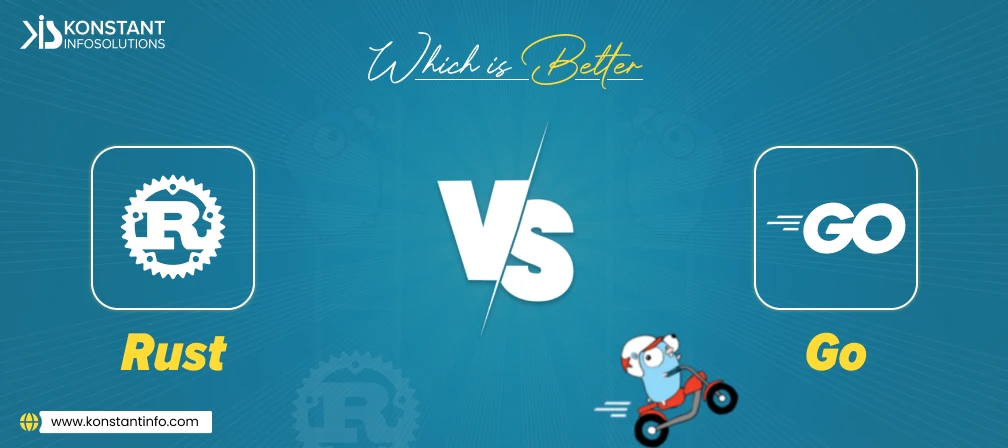


Neeti Kotia is a technology journalist who seeks to analyze the advancements and developments in technology that affect our everyday lives. Her articles primarily focus upon the business, social, cultural, and entertainment side of the technology sector.
Or send us an email at: [email protected]